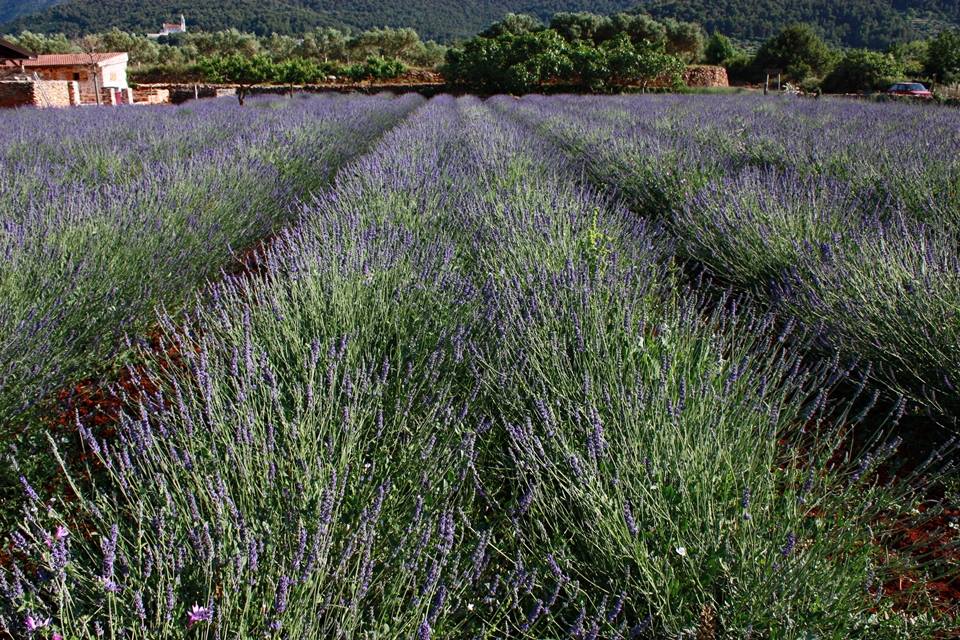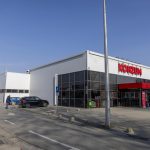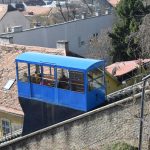As tourism in Hvar grows, lavender, which once played an important economic role here, is now mostly a tourist attraction, SEEbiz.eu reports. The produced quantities are used only for local purposes, and large plantations are almost non-existent.
If you take the old road from Stari Grad to Hvar, you will be enchanted by the drywall scenery. It is almost impossible to imagine how much effort humans had to put into grubbing up some land to plant something useful. All this is now only the remnants of a time when lavender cultivation was a significant source of income for many households in the western part of the island. From the mid-20th c. to the late eighties, many homes were built and many generations of young people received their education thanks to lavender oil sales. But there is one place in particular, nestled in lavender fields, that played a special role in the island’s lavender history.
Velo Grablje is a place with twelve inhabitants where Bartul Tomičić spends his retirement. His house in the very centre of the town has a memorial plaque, built in honour of barba Borto, as the locals used to call his grandfather and whose name he is proud to have. The story of barba Borto, the man who first began planting lavender on Hvar, is famous all over Hvar, and his grandson Bartul is happy to tell it to us.
“There was a time when the lavender on the island of Hvar existed only in gardens, it was purely decorative, and my grandfather had three bushes in the field, the flowers from which he always took to church to be consecrated on Sv. Ante (St. Anthony) Day,” Bartul explains.

He says that his grandfather, after all the misfortune the vineyards suffered, wanted to find a new crop to plant. In 1928, a lecture on the topic of aromatic herbs and essential oils was organised in the town’s agricultural cooperative and so barba Borte decided to try lavender after the lecture. “You can only imagine what it looked like then. Grandpa was 57 at the time and he obviously had a vision, but everyone laughed at him, asked if he was crazy, what with planting flowers around,” Bartul told us. Everything else is history, he says.
Grandfather was the only one who was persistent enough, so after three years the first seedlings gave their produce, the oil was sold at a good price, and so other locals started embracing his idea. The golden age for the people of Velo Grablje was the 1950s when they called themselves a village of billionaires.
“The lavender was just mature enough because it takes time for the shrub to form and produce a decent quantity,” Bartul explains. In 1974, he remembers that his family reaped 385 kilograms of their lavender, and Croatia, or, more precisely, Hvar, was the eighth biggest lavender producer in the world. Bartul says that later the government thought that such richness was creating a special class of people, so they dropped prices, forcing people to move to the cities. Many of them had already used the money they had earned to build houses, buy apartments, open restaurants, sealing the fates of Velo Grablje inhabitants. The era of tourism began, which meant making money easier and faster.
“In addition to the price dropping, there were also devastating fires, especially the one in 1997, which destroyed 95% of all that was left,” he explains, adding that he still manages to reap 15 kg of lavender, producing almost 15 l of oil.
Laura Jurić lives in Velo Grablje throughout the year. She is also the chairwoman of the local board, and the secretary of the “Pjover” association, which deals with the protection and revitalization of the village, including, among other things, its lavender fields. She remembers the time when the village was alive, and the oil mill workers worked in three shifts. “My dad worked day and night until everything was distilled. Now, unfortunately, everything can be distilled during the lavender festival, in a couple of weekends,” Laura says, showing the oil mill that the members of the association have renovated.
The lavender, whose fate is sealed because of tourism, can now survive only through tourism, Ivan Zaninović, vice president of Pjover Association explains.
“The time of planting has, unfortunately, passed, a new time has come, when everyone is more willing to earn money by renting apartments than having a lavender field. Of course, there are still people, and they will always be there, who produce smaller quantities that are sold on stands as original souvenirs,” Ivan explains the current situation.
The role of their association is to continue branding Hvar as a lavender island, and they have successfully managed to do it by organising a lavender festival in the end of June.
“Our goal is to plant a large lavender field, using, of course, the autochthonous budrovka seedling, where tourists could be shown what it once looked like,” Ivan continues. Velo Grablje has the status of an ethno-eco village, and year after year, they say, there are more and more people interested to come, see and participate in the oil-making process. “People are looking for authenticity and peace, and Velo Grablje has both. And this is where we see our opportunity,” Ivan concludes.
To learn more about the Pjover Association, click here.








